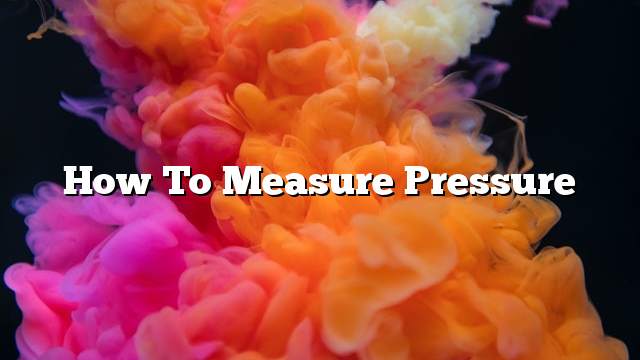All individuals in the world need to measure and know the value of their blood pressure, whether they are healthy or have a number of diseases and illnesses. Blood pressure is necessary and very important to check on the health of the person.
The blood pressure monitor consists of a pressure gauge containing mercury, a puffable bracelet, a bellows blower, a valve, and a medical headset.
Steps to measure blood pressure
- The bracelet is wrapped around the human arm, almost equal to the same vertical height of the human heart.
- The process of blowing the bracelet starts with the blower until the full closure of the artery is confirmed, and the headset is placed under the bracelet from the lower side.
- After the closure of the artery begins the process of reducing pressure and very slowly, until the examiner to hear intermittent sounds called Krotkov sounds, at this moment is recorded pressure value, and this pimple of the pressure values called systolic pressure.
- At the moment the intermittent sound disappears, the pressure value, known as diastolic pressure, is recorded.
When measuring blood pressure, the hand should be relaxed, supported, and measured after physical exertion, after an appropriate period of rest, so that the results are more accurate.
General information about blood pressure
Blood pressure in a human being is the force that blood drives through the bloodstream. Blood is the official carrier in the human body that transmits material to all parts of the body so that these parts can perform their vital functions very effectively. Blood pressure readings have two values: the first is the value of systolic blood pressure, and this value is always higher than the value of diastolic blood pressure, which is the second value of blood pressure values. The normal value of reading blood pressure is 120/80, knowing that there are some who said that the normal reading of blood pressure is 115/75.
One of the most common diseases related to blood pressure is high pressure disease. This disease affects many individuals and may be associated with other conditions, a disease that has no symptoms that distinguish it from other cases. On the contrary, the symptoms of this disease are most often Natural symptoms such as headaches, facial redness, tinnitus, ear infections, dizziness, and many other common symptoms.
